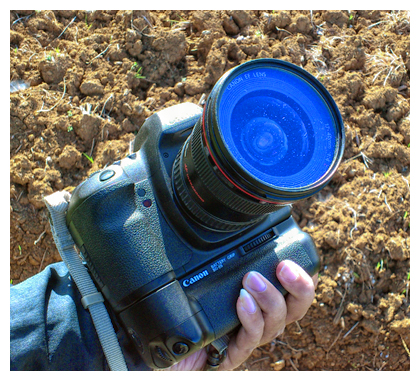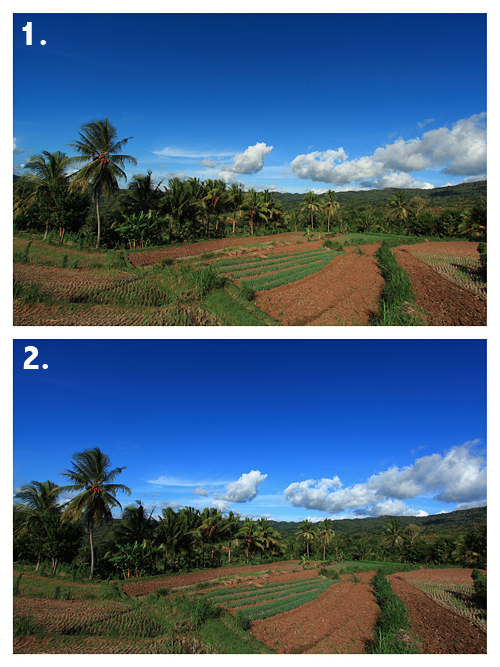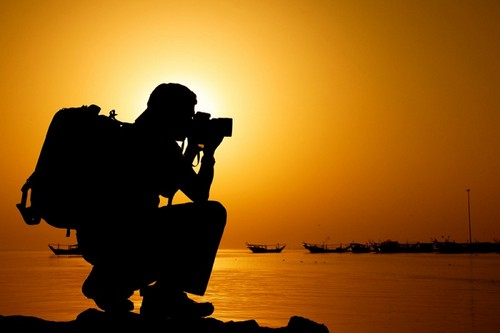
UV filters are the must-have accessories for a new lens. Physically, this filter resembles an ordinary transparent round piece of glass. And there’s also an extra coating on the pricier branded UV filters like in HOYA, Tiffen, B+W, and others. This extra coating adds extra quality to the filter. The general use of a UV filter is to lessen the haze effect; which is a bluish colorcast of the light spectrum. In the analog days, UV filters were crucial because analog film were very sensitive to UV rays. In these digital days, CCD and CMOS have replaced the analog film, so is the UV filter still important? Here is a bit of an explanation that may help clarify:
-UV (Ultra violet) is a light spectrum with a shorter wavelength than the spectrum that can be captured by the human eye. Usually, its limit is at 400nm (this is why there are often labels saying “UV400 block” on sunglasses).
-The intensity of UV light increases at higher altitudes (measured from sea level). So at low altitudes, the UV light intensity is comparatively lower. That’s why when photographing in mountainous areas; the results will turn out bluish (even though it can be corrected with the adjustment of the white balance).
-Here’s something interesting: Analog camera sensors, aka analog film, are very sensitive to UV light but are not sensitive to infrared. On the other hand, electronic sensors are very sensitive to infrared and not UV. Electronic sensors are so sensitive to infrared that there is an “IR-Cut” filter (more commonly known as Hot Mirror) for digital cameras. The camera’s internal mirror is what is what is replaced to make a normal digital camera into an infrared digital camera).
-Optical elements (lens class) naturally lessen the effects of UV rays. Plus, anti-reflective coatings in the optical elements also further reduce levels of UV.
Pay attention to the two photos below. The first photo uses a UV filter (HOYA Multi Coated) and the second doesn’t. As you can see, it doesn’t look much different at first glance. The slight difference you may see is the warm yellowish hue apparent in the photograph taken using a UV filter.


So UV filters in fact do not have a big role in reducing UV effects on digital cameras. Simply put, if we’re talking pure UV, filters don’t affect much. And blue color casts on digital camera photos can easily be removed by adjusting the white balance.
In this digital era, the UV filter functions more as a glass layer to protect the lens.
UV Filter vs No UV Filter – DigitalRev TV Test
















